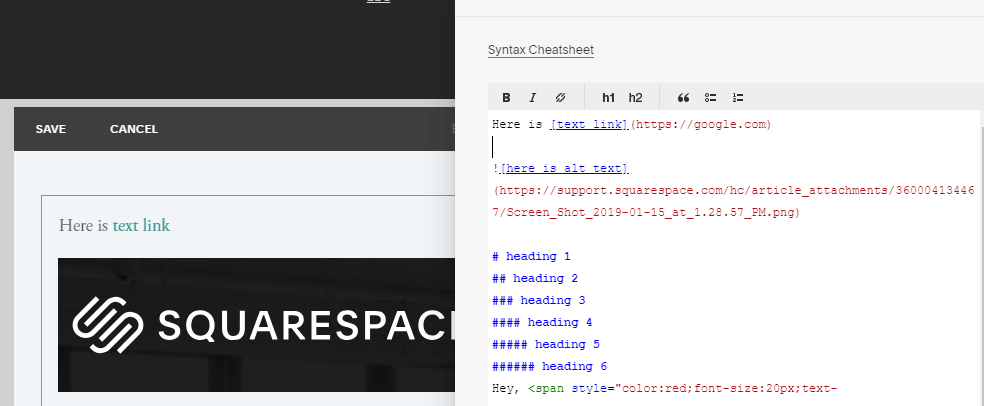
One common frustration with LaTeX is the placement of figures and tables. Should take a filename and return a filename of a new figure source.Ħ.5 Control the placement of figures. fig.process NULL A function to post-process a figure file. R Markdown figure position in pdfįig.pos '' A character string to be used as the figure position arrangement in LaTex. Images, in particular, are a powerful means of communication in a report, whether they be data visualizations, diagrams, or pictures. Rmarkdown is an enormously useful system for combining text, output and graphics generated by R into a single document. Describe the ideal location to store an image associated with an R markdown report so that knitr can find it when it renders a file. After completing this tutorial, you will be able to: Add an image to an R markdown report. It works for both plots drawn from R code chunks and external images included via knitr::include_graphics(). This option works for both HTML and LaTeX output, but may not work for other output formats (such as Word, unfortunately). Normal markdown image tags don’t allow for any alignment properties and thats a bummer when you are trying to make your README.md file pretty on github.įor example, you can center images with fig.align = 'center', or right-align images with fig.align = 'right'. Writing text in markdown is super quick and easy, but what about aligning images? Read on to learn how! The full code can be found in this github gist. Standard Markdown doesn’t offer anything beyond this, but it’s very common for websites to need width, height, and CSS class attributes as well. Here’s how you insert an image in Markdown: ! (/src/of/image.jpg "title") That is, Markdown allows you to specify an tag with src, alt, and title attributes in HTML. You can add images to an R Markdown report using markdown syntax as follows: !( path-to-image-here ) However, when you knit the report, R will only be able to find your image if you have placed it in the right place - RELATIVE to your.

The fig.width argument has no effect on how external images are rendered. Image 1 output (width = 500px and height = 333.5px, 300dpi, 1.2mb on disk): The viewable size in our HTML document is ½ the size of the original image – the default for an external image. Equivalently, you can use the fig.dim option to specify the width and height in a numeric vector of length 2, e.g., fig.dim = c(8, 6) means fig.width = 8 and fig.height = 6. The size of plots made in R can be controlled by the chunk option fig.width and fig.height (in inches).

Troubles come when I run it on RPubs.5.4 Control the size of plots/images. Some issues appeared since I last worked on it (photos are no more in background, text it too large on my R plot) but it works fine on my local. !(foo.jpg)Ī slide with image in background code snippet would be in my. Some time ago, pandoc incorporated "link_attributes" for images (apparently in 2015, with commit jgm/pandoc#244cd56).

(SO is not necessarily the best place to ask questions that are answered very directly in these tutorials.) I strongly recommend perusing these tutorials markdown is very handy and has many features most people don't use on a regular basis but really like once they learn it. check out chunk options, specifically under Plots). This can be done either directly in the command to create the image or, even better, via options if you are using knitr (highly recommended. You do have control over image size if you are creating it in R (e.g., a plot).

I know pandoc supports PNG and JPG, which should meet most of your needs. To add a picture, use: !(/path/to/image.png) I find I can do everything I need with one of ImageMagick, GIMP, or InkScape, all free and open source. To adjust the image properties (size, resolution, colors, border, etc), you'll need some form of image editor. Pictures are very simple to use but do not offer the ability to adjust the image to fit the page (see Update, below). RStudio's RMarkdown, more details in basics (including tables) and a rewrite of pandoc's markdown. Several sites provide reasonable cheat sheets or HOWTOs for tables and images.


 0 kommentar(er)
0 kommentar(er)
